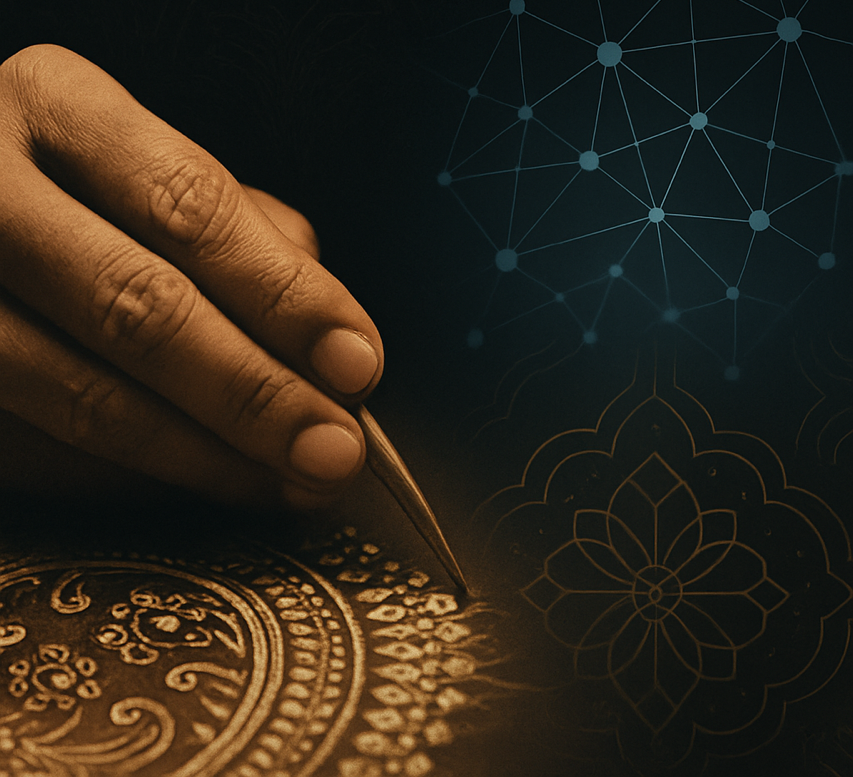In July, the Swiss watch brand Piaget unveiled a two-minute, seven-second virtual reality (“VR”) “Polo Experience” that transported viewers to a polo match in Chantilly, France.

In July, the Swiss watch brand Piaget unveiled a two-minute, seven-second virtual reality (“VR”) “Polo Experience” that transported viewers to a polo match in Chantilly, France.
In July, the Swiss watch brand Piaget unveiled a two-minute, seven-second virtual reality (“VR”) “Polo Experience” that transported viewers to a polo match in Chantilly, France. But not merely to its sidelines. Relying on the immersive technology, which is designed to simulate a user’s presence in a real or imaginary environment using a special headset, viewers could experience the match from the saddle of a pony galloping across the field.
Available in two formats—3-D virtual reality, as well as 360-degree video, a less immersive application that uses special cameras to capture images in every direction simultaneously—the film was Piaget’s first attempt using VR to connect with potential buyers. “It was a way for us to show that we can be really innovative and audacious and in tune with our times,” said global communications director Valerie Nowak.
"It was a good opportunity to create another emotional link with our clients and our audience."
Concept
Designed to coincide with the July introduction of the Piaget Polo S timepiece, a new entry-priced steel watch, the Polo Experience was intended to curry favor among a very targeted clientele. “Because this watch is aimed at the younger generation, it was very important for us to digitize our launch,” Nowak said.
“At the end of the day we know these kinds of experiences are the ones that engage our followers and our audience,” Nowak added. “It was a good opportunity to create another emotional link with our clients and our audience.”
In parallel, the brand created a promotional film clip featuring ambassador Ryan Reynolds in a fantasy sequence set atop the roof of a Manhattan building.
Execution
Filmed in Chantilly, France in May, the VR experience involved both a drone and one player with a special rig equipped with eight cameras. The experience itself lasted two minutes, but it was stitched together using the best moments from a real 49-minute match.
“It was a great challenge,” Nowak said. “It was difficult with the horses; we had to get them familiar with the drone, the noise. Because very often when you have a VR experience, you have 3-D images, but the horses are real. There were no synthetic images.”
The VR experience was unveiled during a global launch event in Brooklyn, N.Y., in July, with Reynolds and a host of celebrity friends of the brand in attendance. But it continues to be shared in Piaget boutiques worldwide, from Paris to Amsterdam to Shanghai. The device used—be it an Oculus headset, a Samsung Gear VR, or a simple cardboard-smartphone combination—varies from location to location, Nowak said.
Costs
Nowak was not able to specify what Piaget paid to create the Polo Experience, but VR experts say that productions of this nature can run into the tens of thousands of dollars. As with many marketing efforts, the return on investment can be difficult to track, but Nowak said Piaget is keen to continue its virtual reality experimentation.
“The Internet has become a very important place where people get access to info about luxury brands through images and videos, and then they go to the boutiques to discover the products,” Nowak said. “It’s the first time we used VR. We have so many ideas to continue to explore what VR can bring to our communication strategy.”










